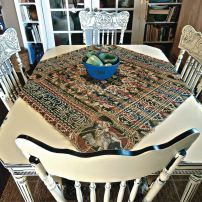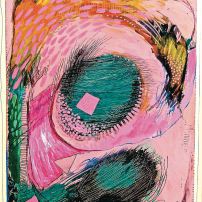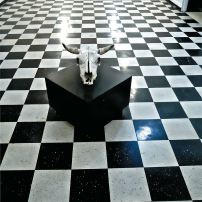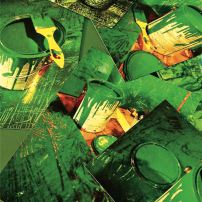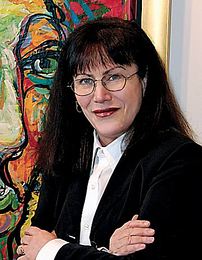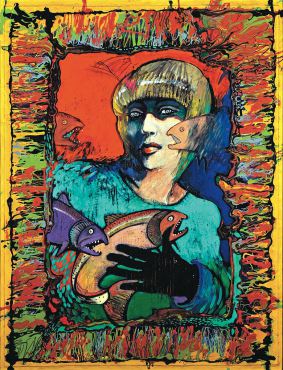
Conclusion without examining intent is arrogant at best. Color, more than any other design element, is complicated with many diverse variables. Form, space, line and texture may be considerations, but color is generally one’s initial focus, the elephant in the room.
Making blanket statements about color is like assuming all bees sting. Some men do like purple beyond the sports field, even though they’d rather call it burgundy or maroon.
“Favorite color” is only relative to the situation. One doesn’t buy a toothbrush to match the living room shades, and not all colors are available for all situations. Product availability is market driven, and so go selection opportunities.
Take luxury cars or large furniture items, for example: not generally a wide color selection. Color trends may change from one year to another. Large-ticket items are here to stay, for a while anyway, and neutral colors play well for the long run.
This is where accents come into play. True, vivid primary and secondary colors are statements. (Red, yellow and blue are the primary colors and green, orange and purple are the secondary ones.) Usually these interior statement colors are used in small amounts: art, pillows, gadgets and so forth. Colors that are muted, diluted, mixed or blended create less anxiety. Folks may boast of having bold red, green or blue walls, but bet a dollar it is an altered hue.
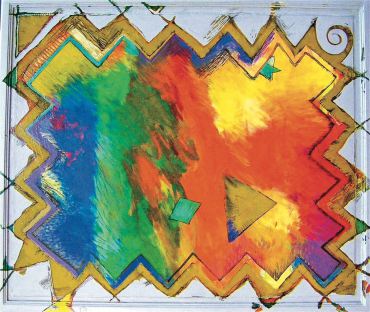
Did you notice that I did not include yellow in that last sentence? Large areas of primary yellow can be very nauseating — the love affair ends quickly. It may seem happy and deliciously appealing, but can turn monstrous if left to reign on its own. But dilute it to pale or take it to the mustard tones, and one should feel emotionally satisfied.
Yellow and red are opposing examples. Maybe some kitchens could get away with it, but a bright-yellow wall in a living environment is a no-no. A bright-red wall, on the other hand, can be acceptable, and restaurants consider the hue to be an appetite enhancer. Even the red car and leather-upholstered furniture are classics. And no successful summer flower garden is without lots of red.
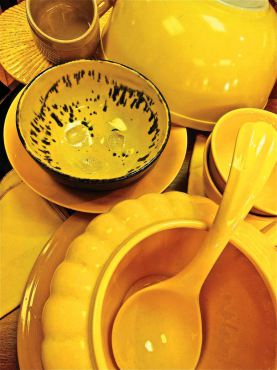 Hospitals, however, are a different situation, where the hue is not a desired color.
Hospitals, however, are a different situation, where the hue is not a desired color.
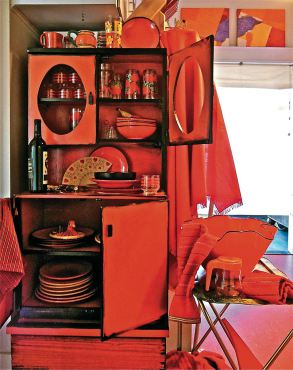 I have done 13 color study articles for WestSound Magazine, each intense and inclusive. Green threw me. My once favorite color became suffocating and repulsive in a large interior mass. The unaltered, vivid, Christmas-type green belongs outside with the evergreen trees. A lot of that green inside and outside — too much is too much. Green is still my favorite color, but that outdated yet classic moss-green found on Northwest totems.
I have done 13 color study articles for WestSound Magazine, each intense and inclusive. Green threw me. My once favorite color became suffocating and repulsive in a large interior mass. The unaltered, vivid, Christmas-type green belongs outside with the evergreen trees. A lot of that green inside and outside — too much is too much. Green is still my favorite color, but that outdated yet classic moss-green found on Northwest totems.
Studies have shown that yellow is the least popular color and blue is the most popular one. Blue is definitely a powerhouse. In fact, I feel that every home should have that rich ultramarine blue, whether on one wall or one throw pillow.
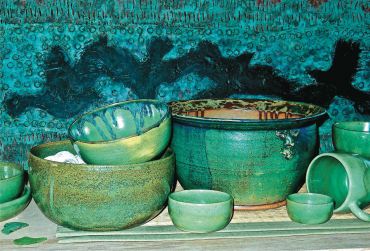
Every color, any color, can fit somewhere. That is where “intent” comes in: knowing a direction, recognizing the use. A good example is aqua, everyone’s pal. Who doesn’t like it? What woman doesn’t have an aqua sweater or top? Wanting the hue as a living room theme is OK but be careful. Large amounts of aqua, teal or turquoise can become heavy and dark very quickly. To gain back that light, cheerful presence, introduce another dominant hue. Aqua needs a partner of equal value, like dance partners. Aqua and red are fun together.
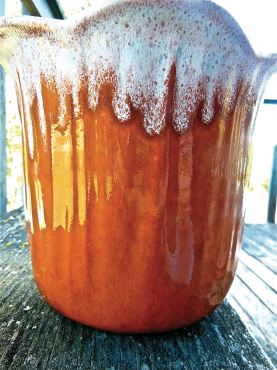
The noncolors also need to be mentioned: the black shades, grays, whites and beiges. They are less thought of as trends but they have a wide time-swing. There was the era when walls were creamy beige, then came the crisp white, then the grays were popular.
These noncolors became the frosting of my color-study conclusions. I was never a big fan of black and brown unless it played second fiddle to another color. Like when brown is partnered with light blue to add warmth, or black partnering with yellow for a contemporary feeling. Now, I personally find myself living with a lot of black, brown, beige and white and adding color to create theme intent for one occasion or another. It is fun to use colors to celebrate seasons.
And while on the subject of “trends,” midcentury is back with its kinetic Klee mobiles, and don’t be surprised if pink and avocado-green squeak back in.




